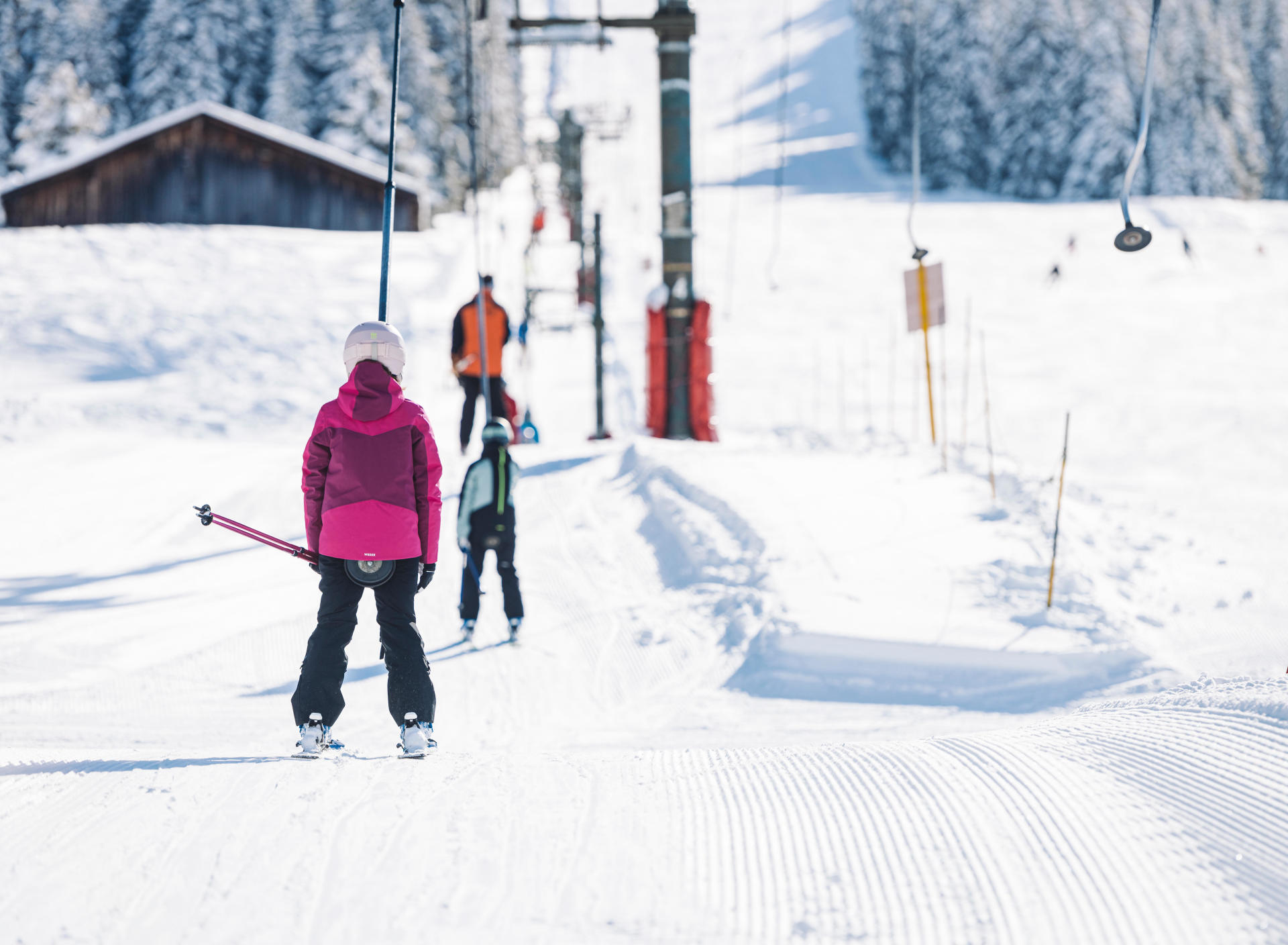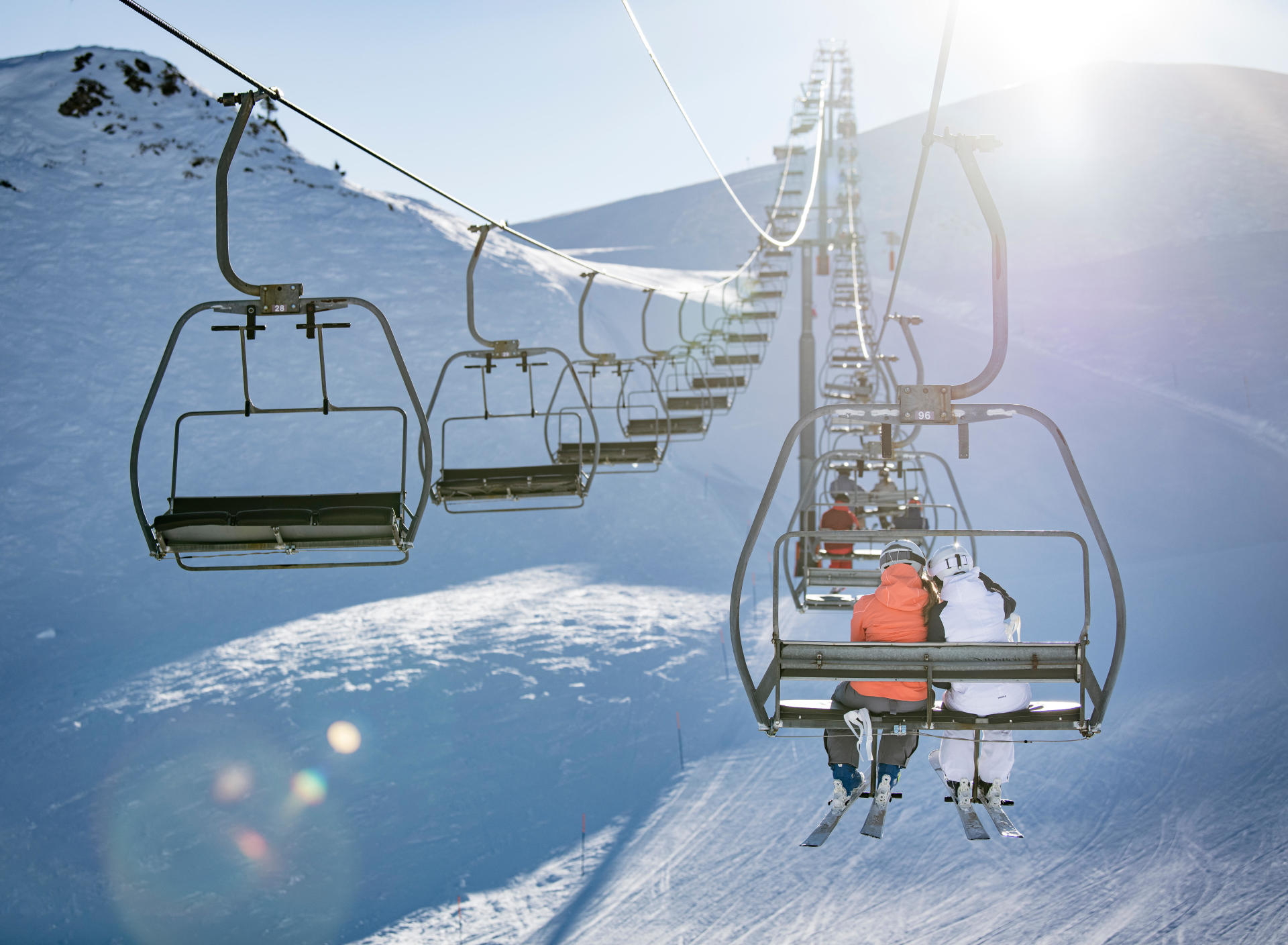These rules have been established by the International Ski Federation. They allow everyone to enjoy the ski slopes in safety and with respect to other skiers and snowboarders.
1. Respect others, by behaving responsibly, so as not to endanger each other's lives.
2. Control your speed, by adapting it according to your abilities, taking into account the snow and weather conditions (Ex : slow down when crossing over beginner areas, near lift queues or at the bottom of the slopes).
3. Choose your direction before, by taking a trajectory that ensures the safety of the downhill skiers (the skiers below you don't necessarily see you coming, it's up to you to anticipate) in order to avoid any collision.
4. Pass by respecting distances, wide enough to anticipate the trajectory of the skier you're passing.
5. Anticipate departures and crossings without danger, so you can make sure you can enter a run without putting the lives of others at risk - by taking into account uphill and downhill.
6. Stop intelligently, without obstructing the slope, avoid stopping in narrow passages and behind bumps in order to remain visible to skiers uphill.
7. Use the edges of the slopes if you need to go up the slopes by ski or on foot.
8. Consult the weather conditions and respect the signs, by respecting the signs (warnings of danger, closed slopes, avalanche risks).
9. Alert in the case of an accident, and provide assistance to the person in danger.
10. Identify yourself as witness in the case of an accident, whether you are directly involved or just a witness..
These 10 basic rules, easy to remember and to respect, ensure your development in complete serenity without endangering anyone, for a holiday without any hassle.










